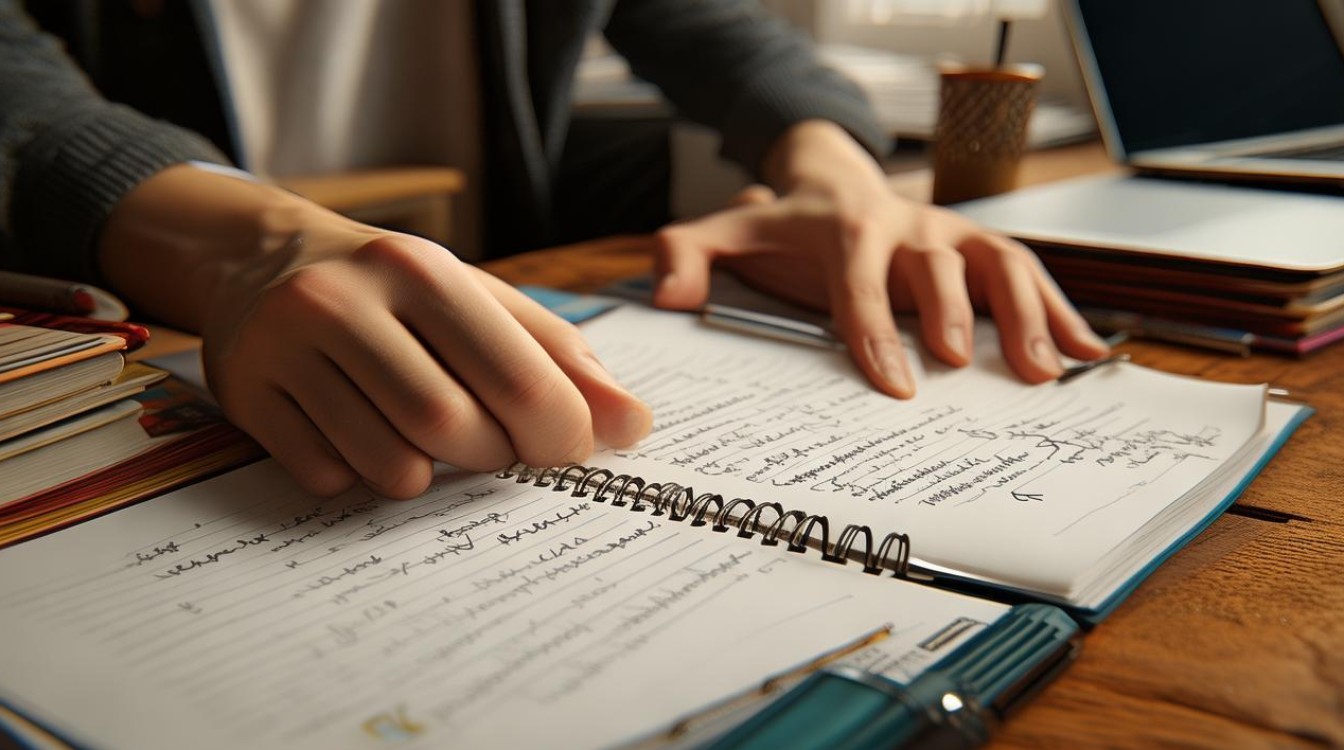Writing an effective email essay in English requires a combination of clear communication, proper structure, and professional tone. Whether for academic, business, or personal purposes, a well-crafted email essay can make a strong impression. Below is a comprehensive guide to help you compose polished and impactful email essays.

Understanding the Purpose
Before drafting an email essay, clarify its purpose. Is it a formal request, a persuasive argument, or an informative update? A clear objective ensures the content remains focused and relevant. For instance, a business proposal email differs significantly from an academic submission. Identifying the goal helps tailor the language, tone, and structure appropriately.
Structuring the Email Essay
A well-organized email essay enhances readability and professionalism. Follow this structure for maximum impact:
Subject Line
The subject line determines whether the recipient opens the email. Keep it concise yet descriptive. Avoid vague phrases like "Hello" or "Important." Instead, use specific titles such as:
- Request for Research Collaboration
- Application for Marketing Internship
- Feedback on Project Proposal
Salutation
Begin with an appropriate greeting. If the recipient’s name is known, use:

- Dear Dr. Smith,
- Hello Professor Johnson,
For formal emails where the name is unknown, opt for:
- To Whom It May Concern, (less personal but acceptable in formal contexts)
Opening Paragraph
Introduce yourself briefly and state the purpose of the email. Example:
"My name is Jane Doe, a final-year student at XYZ University. I am writing to inquire about potential research opportunities in your department."
Body Paragraphs
Expand on the main points logically. Each paragraph should cover one idea. Use transitions like:
- Furthermore…
- In addition…
- On the other hand…
For persuasive emails, support claims with evidence. In formal requests, provide necessary details concisely.

Closing Paragraph
Summarize the key points and include a call to action. Example:
"I would appreciate the opportunity to discuss this further. Please let me know a convenient time for a meeting."
Sign-Off
End politely with:
- Best regards,
- Sincerely,
- Kind regards,
Include your full name and contact details if necessary.
Language and Tone
The tone should match the context. Academic and professional emails require formality, while personal emails can be more relaxed. Avoid slang, excessive abbreviations, or overly casual phrases.

Formal Tone Examples:
- "I would be grateful if you could provide further clarification."
- "Thank you for considering my application."
Neutral Tone Examples:
- "Let me know your thoughts on this matter."
- "I look forward to your reply."
Common Mistakes to Avoid
- Overly Long Sentences – Complex sentences confuse readers. Keep them clear and concise.
- Lack of Proofreading – Spelling and grammar errors reduce credibility. Use tools like Grammarly or Hemingway Editor.
- Unprofessional Email Address – Ensure your email ID is professional (e.g., jane.doe@university.edu, not coolguy123@email.com).
- Ignoring Cultural Nuances – In international communication, avoid idioms or humor that may not translate well.
Enhancing Persuasiveness
To make an email essay more compelling:
- Use Data and Examples – Strengthen arguments with statistics or case studies.
- Be Concise – Busy professionals prefer emails that get to the point quickly.
- Show Enthusiasm – A positive tone encourages engagement.
Final Tips for Success
- Personalize When Possible – Mention specific details about the recipient to show effort.
- Follow Up Politely – If no response is received, send a courteous reminder after a week.
- Test Before Sending – Send the email to yourself first to check formatting.
Mastering email essay writing takes practice, but with these guidelines, you can craft professional, effective, and persuasive emails that leave a lasting impression.

